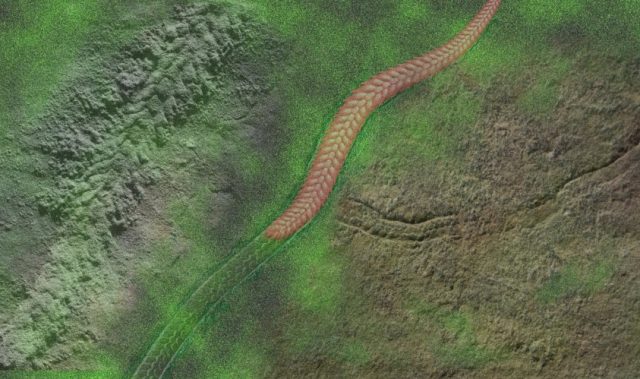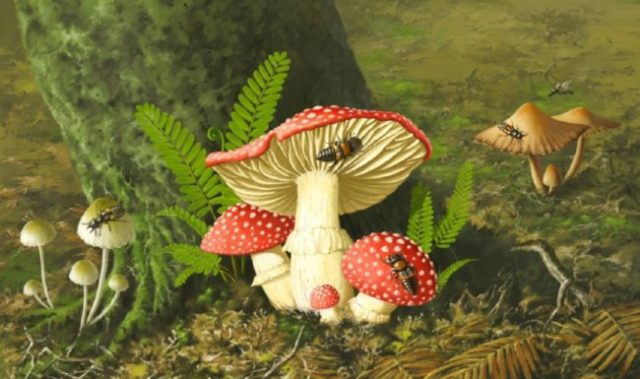
AsianScientist (Jun. 22, 2019) – Researchers in China and Germany have found evidence that the use of cannabis dates back almost 3,000 years. They published their findings in the journal Science Advances.
Cannabis plants were cultivated in East Asia for their oily seeds and fiber from at least 4,000 BC. Little is known, however, about the early use and eventual cultivation of the plant for its psychoactive and medicinal properties. Despite being one of the most widely used psychoactive drugs in the world today, there is little archaeological or historical evidence for the use of marijuana in the ancient world.
In the present study, scientists led by Dr. Nicole Boivin, director of the department of archaeology at the Max Planck Institute for the Science of Human History, Germany, used gas chromatography-mass spectrometry to isolate and identify compounds preserved in the ancient wooden braziers discovered by archaeologists from the Chinese Academy of Social Sciences who were excavating in the high mountainous regions of western China.
They identified psychoactive compounds preserved in the braziers. The chemical signature of the isolated compounds exactly matched the chemical signature of cannabis.
Moreover, the signature indicated a higher level of tetrahydrocannabinol (THC) than is normally found in wild cannabis plants. The data provides clear evidence that ancient people in the Pamir Mountains were selecting for plants that produced more THC, and corroborate other early evidence of cannabis from burials further north, in the Xinjiang region of China and in the Altai Mountains of Russia.
“The findings support the idea that cannabis plants were first used for their psychoactive compounds in the mountainous regions of eastern Central Asia, thereafter spreading to other regions of the world,” said Boivin.
The study also suggests that cannabis was likely spread across trade routes along the early Silk Road.
“This study of ancient cannabis use helps us understand early human cultural practices, and speaks to the intuitive human awareness of natural phytochemicals in plants,” said Professor Yang Yimin at the University of the Chinese Academy of Sciences, the lead analyst on the study.
The article can be found at: Ren et al. (2019) The Origins of Cannabis Smoking: Chemical Residue Evidence From the First Millennium BCE in the Pamirs.
———
Source: Chinese Academy of Sciences; Photo: Wu Xinhua/Chinese Academy of Sciences.
Disclaimer: This article does not necessarily reflect the views of AsianScientist or its staff.












